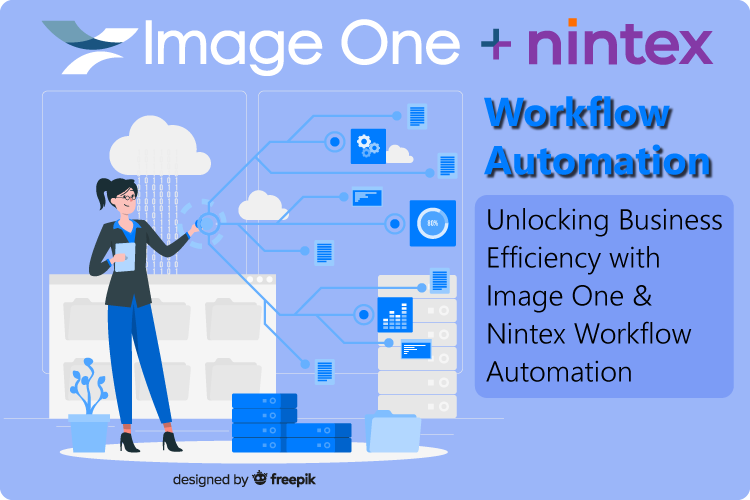Paperless offices are efficient and cost effective
Thursday, May 7, 2015Some pessimists have warned that advancing technology will eventually lead to an Orwellian future. Perhaps, that future does not need to have a negative connotation anymore. One of the advantages of new technology is that it allows the world to save valuable resources. A way to do that is to cut down on the use of printed paper. Around the world, countless offices are going paperless because of the cost advantages, environmental benefits and convenience certain technology solutions provide. The trend for paperless offices is likely to continue. No one said going paperless means living under the authoritarian rule of Big Brother.
Now is the future they talked about back then
Bdaily.com mentioned a 1975 BusinessWeek magazine that predicted that the future workplace would be completely paperless. Renowned physicist George Pake was interviewed for the article and prophesied what that future would look like.
"I'll be able to call up documents from my files on the screen, or by pressing a button," said Pake, according to the news source. "I can get my mail or any messages. I don't know how much hard copy [printed paper] I'll want in this world."
While paper is still important in everyday office life, the technology that can replace paper-based processes already exists. If it didn't, you wouldn't be able to capture and email photos of documents with your phone, or purchase paperless NBA Playoff tickets.
The evidence shows that reliance on paper is decreasing
According to the American Forest and Paper Association, total U.S. paper shipments decreased by 5 percent in February, compared to the same time last year, showing that reliance on paper is diminishing slowly. Also, anecdotal evidence suggests that the world uses a third less paper than it did 20 years ago, noted BBC News.
The media outlet also discussed how smart notebooks can help bridge the gap between the physical and digital worlds by allowing note takers to continue their activities electronically. In the same way that people now use smartphones or tablets to read daily newspapers, note takers can use similar devices to write comments on the screens and avoid having to purchase and use physical paper notebooks. Even governments are allowing people to file tax returns electronically these days.
Tips for offices to go paperless
Bdaily.com gave advice to businesses on how to raise efficiency and reduce costs by eliminating paper use in certain areas. The following was recommended:
- Use enterprise resource planning software. ERP allows businesses to create an electronic audit trail and avoid having to use paper forms and write everything by hand. The old method also involved having to store boxes and cabinets full of documents for view. A switch to ERP software will make data warehousing much easier, as well as providing evidence of proper workflows, since systems document the time and details related to each work event.
- Switch to electronic invoicing. Printed invoices create extra work because of having to reproduce "lost" paperwork. Also, paper invoices can represent an extra cost, due to postal charges. Electronic invoices can save time and money for a company.
- Use electronic proof of delivery. Instead of using slips of paper to verify items were delivered, executives can use tablets to check off received items. Similar to paper invoices, proof of receipt slips can cause delays in finalizing inventory counts and result in extra unnecessary work.
If you want your company to embrace the paperless trend, you can look into document management and image capture solutions. Many companies offer affordable and versatile solutions to meet all of your paperless office needs.




